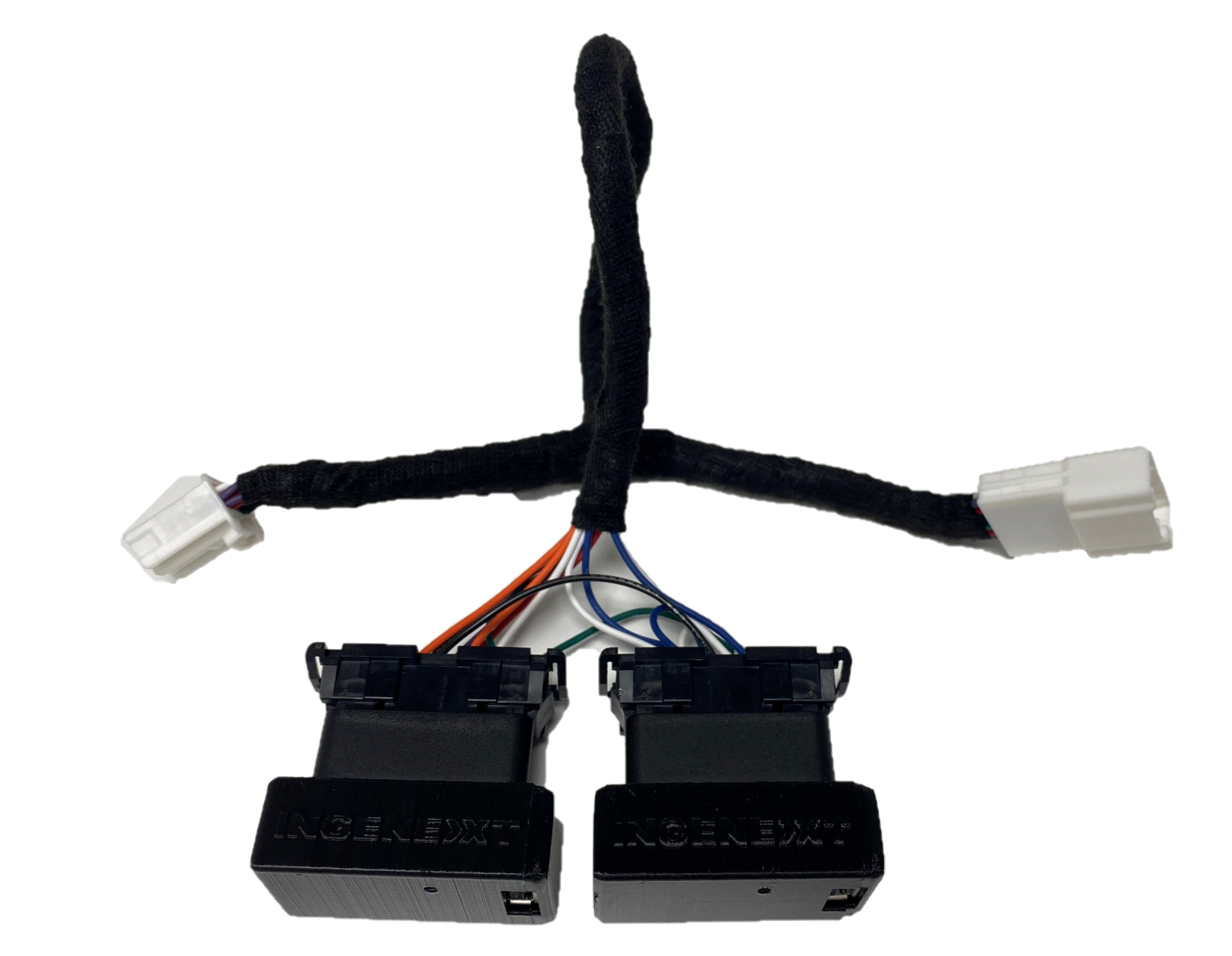I guess it's possible that there is a limit on the amount of energy you can draw out of the battery (or deliver to the motors) over a given time. Since the P dumps a lot of power off the line, the higher RPM range might be limited in the amount of power that can be drawn. The LR+boost having not "stressed" the motors/battery early on... is free to apply a bit more power later on.
It may not even be a software limitation but a hardware limitation. Throwing the P's energy at the motor down low might heat up the motor/battery/electronics, making them less efficient: then when the same amount of energy is applied in both P and LR+ on the higher end, the P just ends up converting less of that energy to acceleration.
Just a wild speculation.
Mike
It may not even be a software limitation but a hardware limitation. Throwing the P's energy at the motor down low might heat up the motor/battery/electronics, making them less efficient: then when the same amount of energy is applied in both P and LR+ on the higher end, the P just ends up converting less of that energy to acceleration.
Just a wild speculation.
Mike



